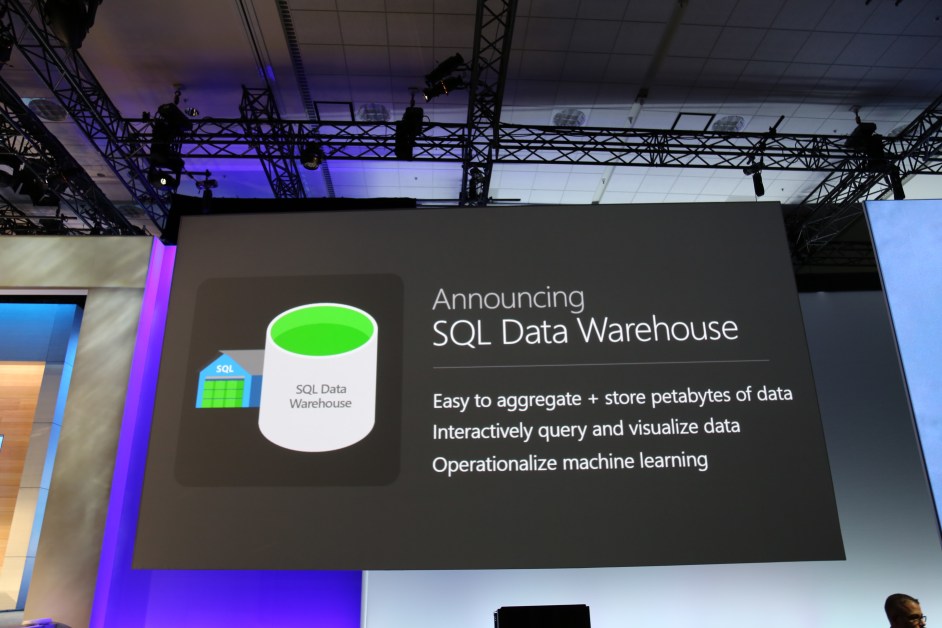
Microsoft today announced a new service in its Azure database lineup during its Build developer conference keynote today. The Azure SQL Data Warehouse, which will go into public preview in June, is meant to give businesses access to an elastic petabyte-scale, data warehouse-as-a-service offering that can scale according to their needs.
With SQL Data Warehouse, enterprises can ensure that they only pay for the usage they need and when they need it, Microsoft’s corporate VP for its data platform T.K. “Ranga” Rengarajan told me earlier this week. Customers are billed for their Azure blob storage, as well as the hourly compute rates they incur while working with the data. Because it separates compute and storage, users only pay for the queries they need. This means a business can aggregate all of its data and only pays for storage until it needs to run a quarterly report over this information, for example.
Via
Comments
Post a Comment